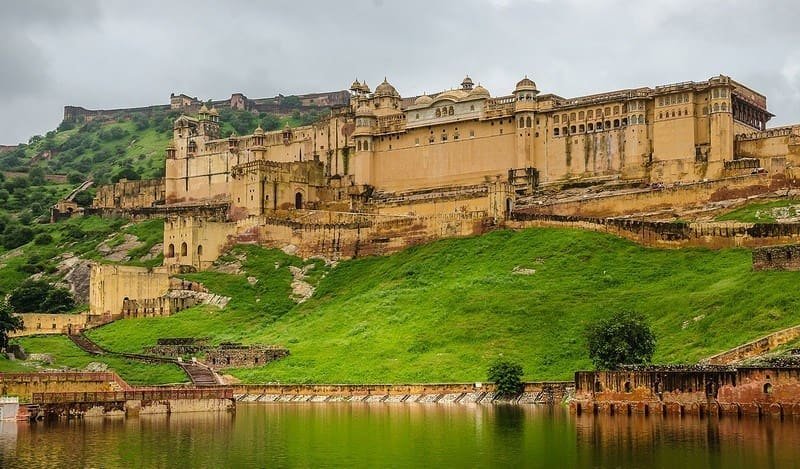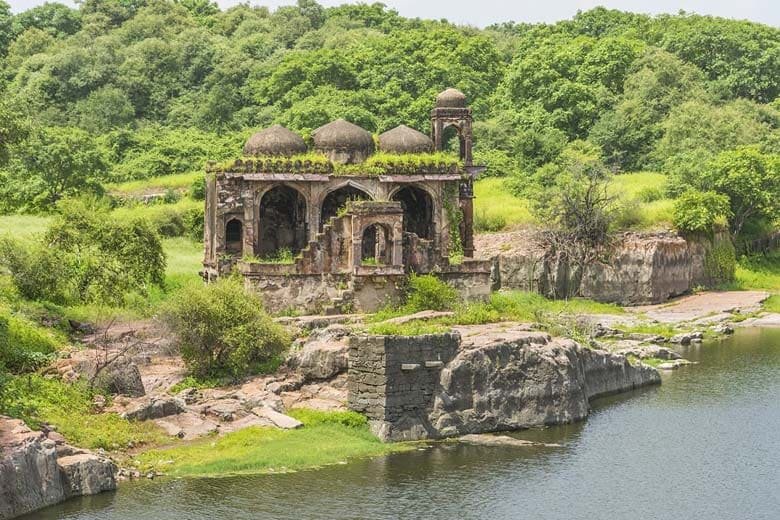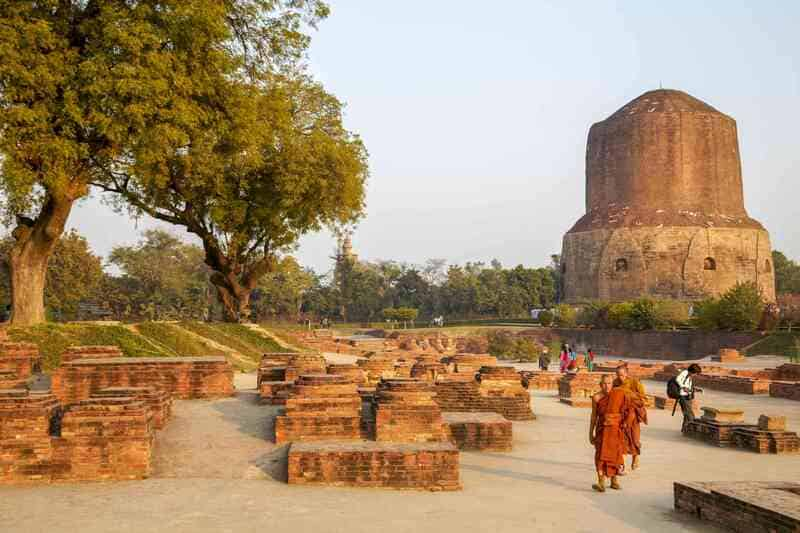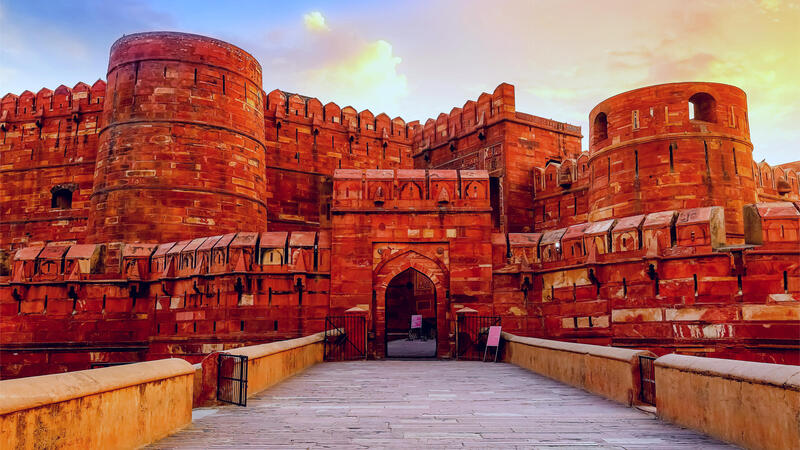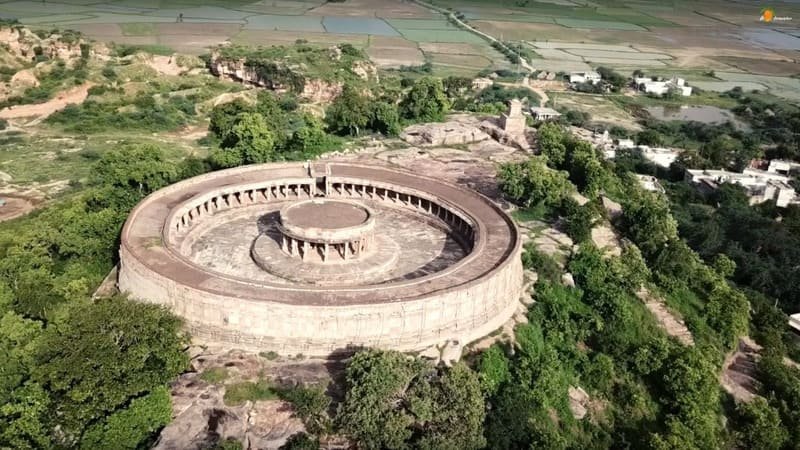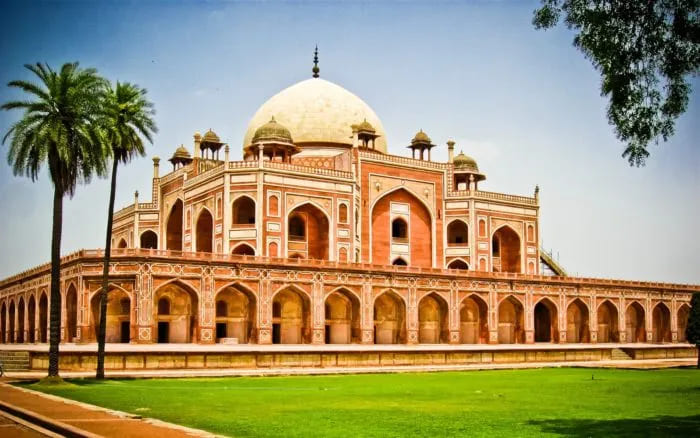
Humayun's Tomb: A Glimpse into India's Architectural Brilliance.
Mathura Road, Opposite Dargah Nizamuddin, New Delhi, Delhi 110013, India..
Humayun's Tomb, located in the heart of Delhi, is a perfect amalgamation of Mughal and Persian architectural styles. The monument is not only a symbol of India's rich cultural heritage but also a testament to the country's architectural brilliance. The tomb is a masterpiece of symmetry, proportion, and intricate design. In this blog, we will explore the history, architecture, and interesting facts about Humayun's Tomb.
History of Humayun's Tomb
Humayun's Tomb is a historic monument located in Delhi, India. It was built in the 16th century by the wife of Mughal Emperor Humayun, Empress Bega Begum. The construction of the tomb was commissioned by Bega Begum after the death of her husband in 1556. The tomb was designed by Persian architect Mirak Mirza Ghiyas and his son Sayyid Muhammad. It is believed that the tomb was completed in 1572.
The tomb was built on the banks of the river Yamuna, in a serene and picturesque environment, surrounded by lush gardens. The construction of the tomb was a symbol of the Mughal Empire's power and was also a testament to the cultural and artistic achievements of the empire.
The construction of the tomb took eight years, and it cost a huge sum of money. The tomb was built using red sandstone and white marble, and it stands on a raised platform. The main structure of the tomb is octagonal, and it is topped by a dome that is over 40 meters high. The dome is a hallmark of Mughal architecture, and it was an engineering marvel of the time. The dome is surrounded by eight chhatris, which are small domes that were used to decorate the top of the main dome.
After the completion of the tomb, several other Mughal Emperors were also buried in the vicinity, including Emperor Jahangir, his wife Nur Jahan, and Shah Jahan's wife Mumtaz Mahal's sister, Princess Jahanara Begum.
The tomb has been witness to several important events in Indian history. During the Indian Rebellion of 1857, the tomb was damaged, and it was later restored by the British. The tomb was also used as a refuge during the 1857 rebellion by the last Mughal Emperor, Bahadur Shah Zafar.
Today, Humayun's Tomb is one of the most popular tourist attractions in Delhi. The tomb has been declared a UNESCO World Heritage Site and is considered one of the best-preserved Mughal monuments. The tomb is a testament to the architectural brilliance of the Mughal Empire and is a must-visit for anyone interested in Indian history and architecture.
Architecture of Humayun's Tomb
The tomb is a perfect blend of Persian and Mughal architectural styles. The monument is built using red sandstone and white marble, and it stands on a raised platform. The main structure of the tomb is octagonal, and it is topped by a dome that is over 40 meters high. The dome is a hallmark of Mughal architecture, and it was an engineering marvel of the time. The dome is surrounded by eight chhatris, which are small domes that were used to decorate the top of the main dome.
The tomb has several arches, domes, and intricate carvings, which are a hallmark of Mughal architecture. The intricate design on the walls and the domes of the tomb is a testament to the architectural brilliance of the Mughal Empire. The tomb is also surrounded by lush gardens, which add to the charm and beauty of the monument.
Interesting Facts about Humayun's Tomb
-
The tomb is the first garden tomb in India and is believed to have inspired the construction of the Taj Mahal.
-
The tomb is also the first structure in India to use red sandstone on such a large scale.
-
The tomb is a UNESCO World Heritage Site and is considered one of the best-preserved Mughal monuments.
-
The tomb was damaged during the Indian Rebellion of 1857 and was later restored by the British.
-
The tomb was also used as a refuge during the 1857 rebellion by the last Mughal Emperor, Bahadur Shah Zafar.
-
The tomb has a water channel running through it, which was used to cool the tomb during the hot summers.
Visiting Humayun's Tomb
Humayun's Tomb is located in the Nizamuddin East area of Delhi and is easily accessible by metro, bus, and taxi. The nearest metro station is JLN Stadium on the Violet Line. The tomb is open from sunrise to sunset every day, and the entry fee for Indian citizens is Rs. 30 and for foreign nationals, it is Rs. 500. Visitors can also hire a guide to learn more about the history and architecture of the tomb.
Conclusion
Humayun's Tomb is not only a symbol of India's rich cultural heritage but also a testament to the country's architectural brilliance. The tomb is a masterpiece of symmetry, proportion, and intricate design. The monument is a perfect blend of Persian and Mughal architectural styles
